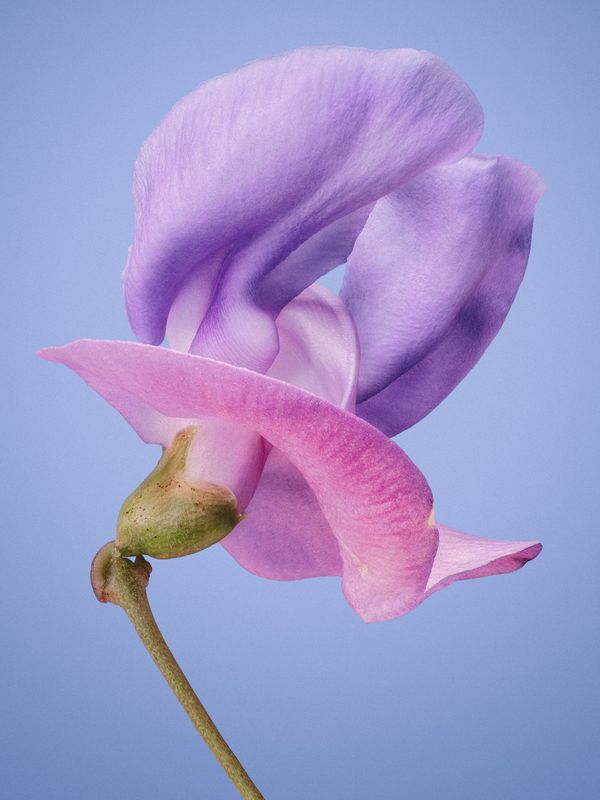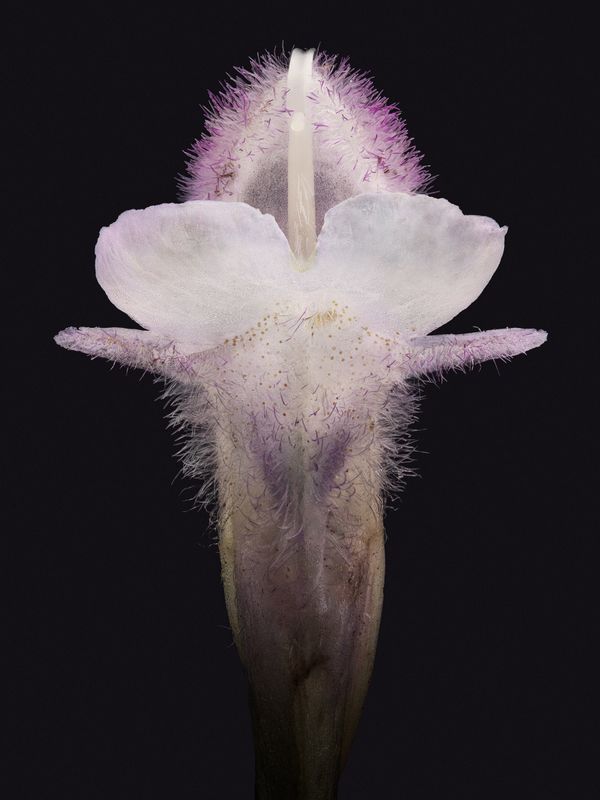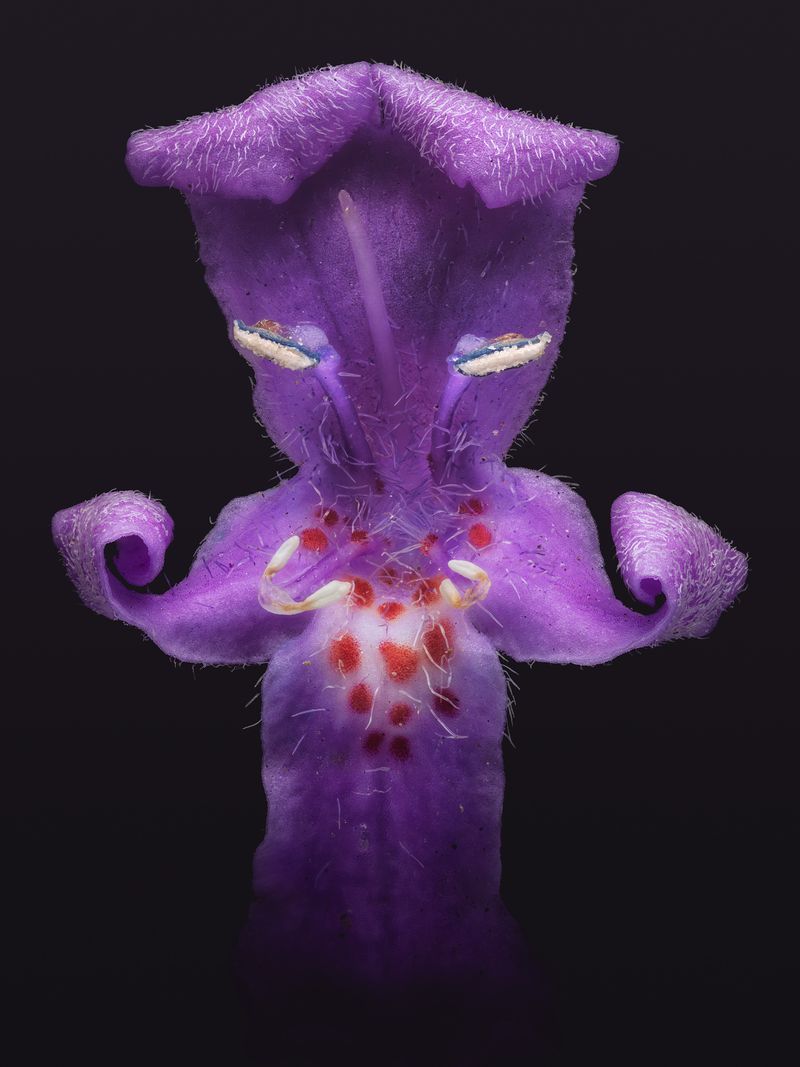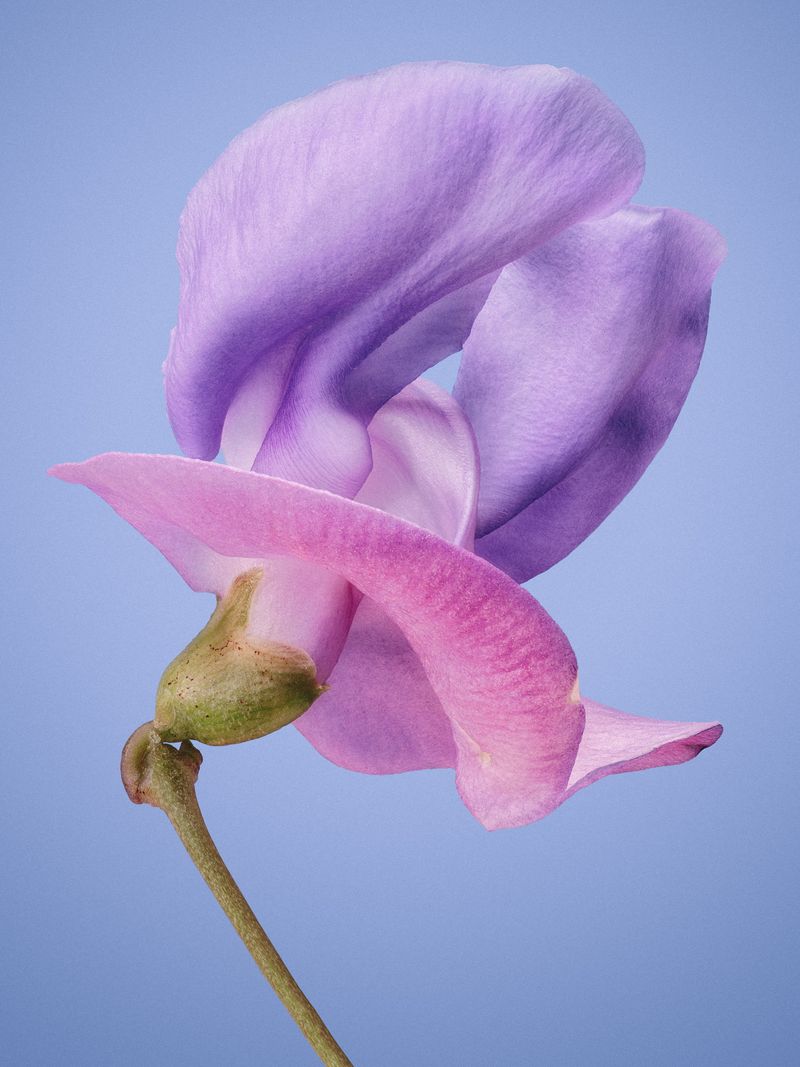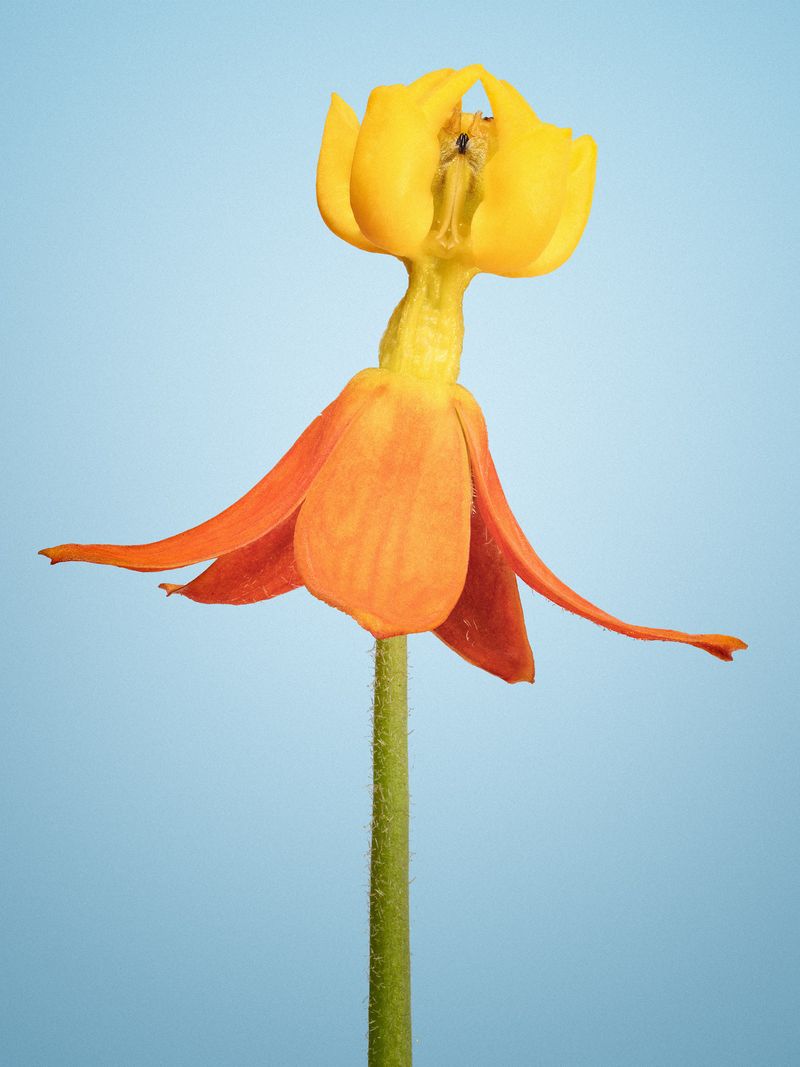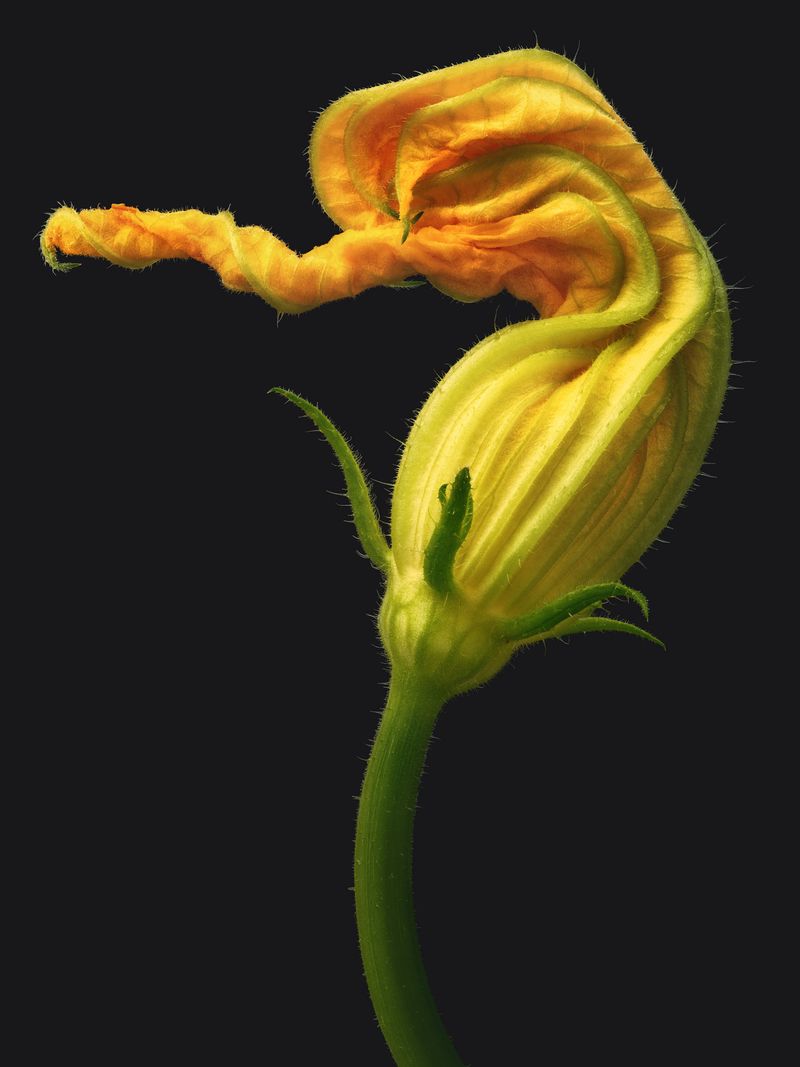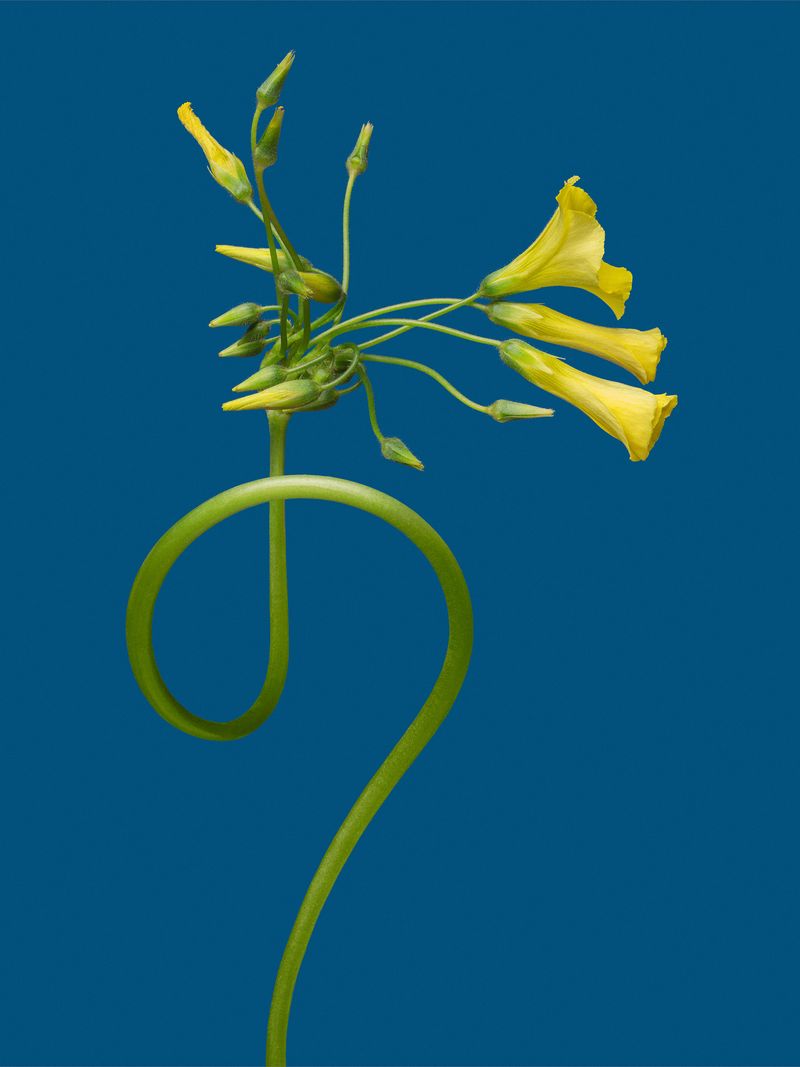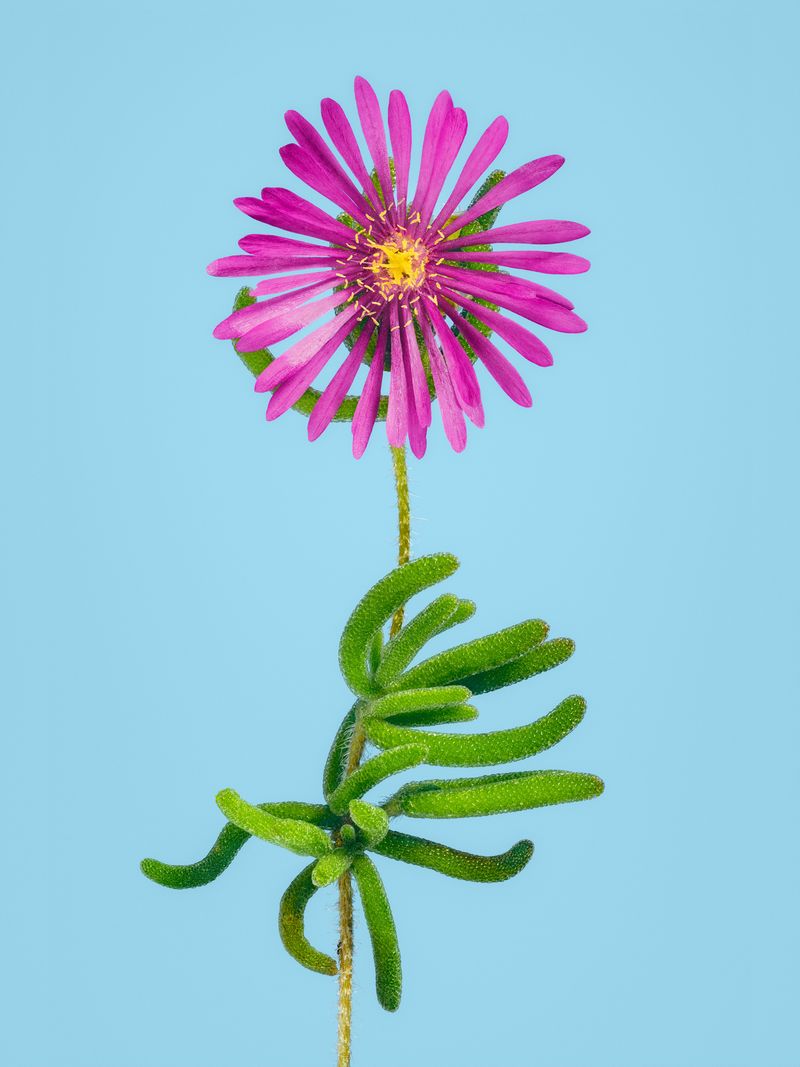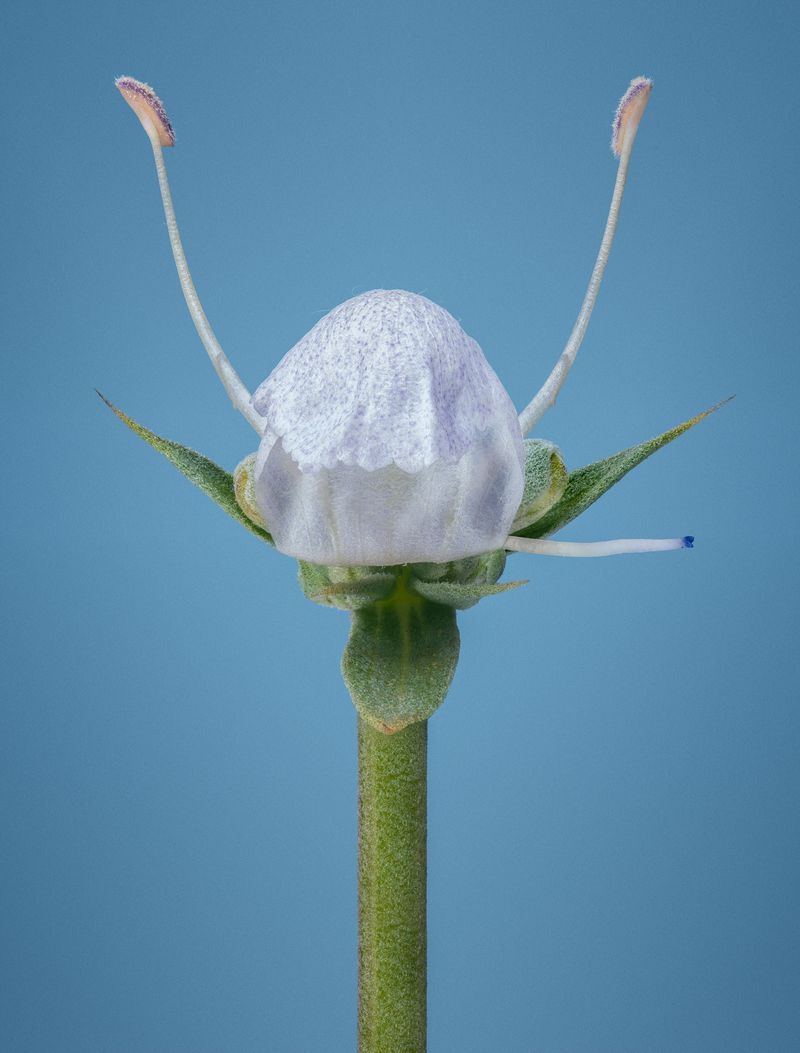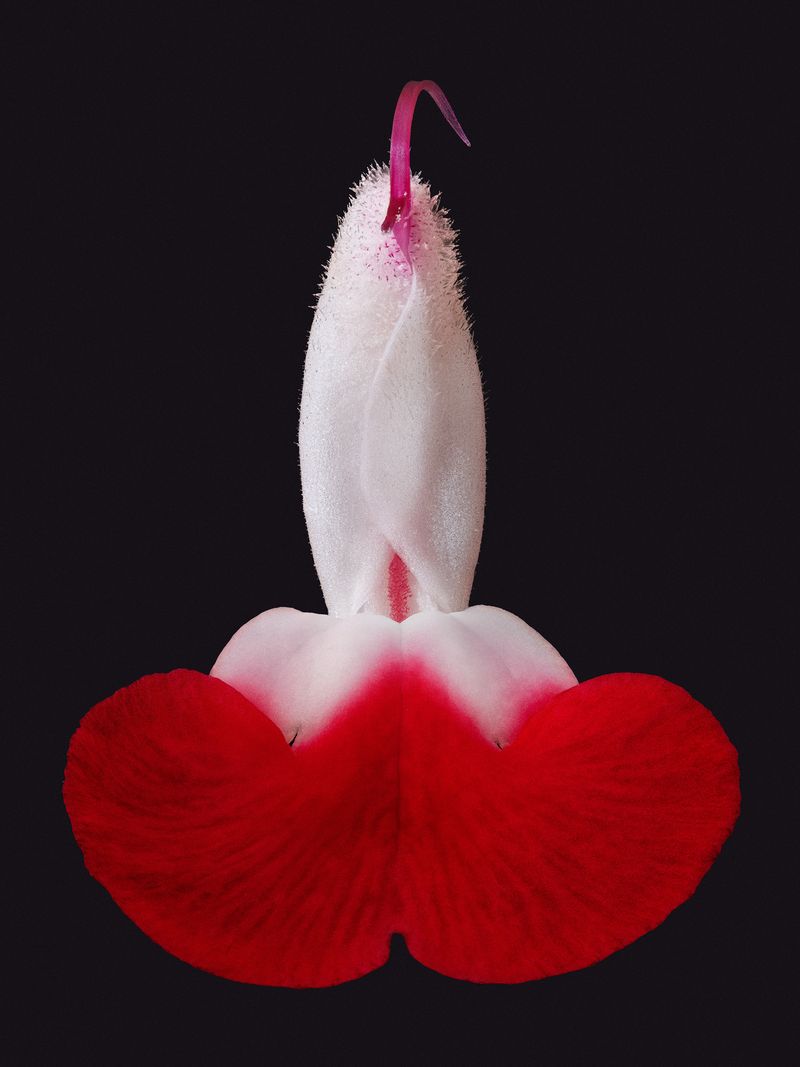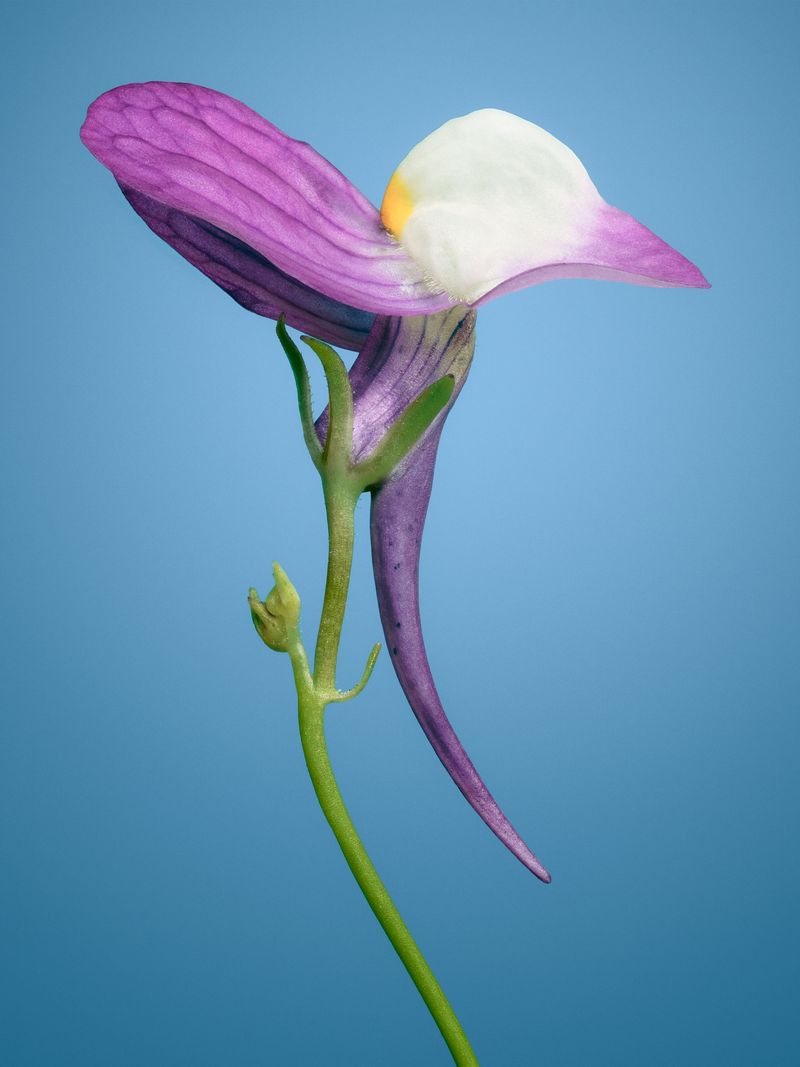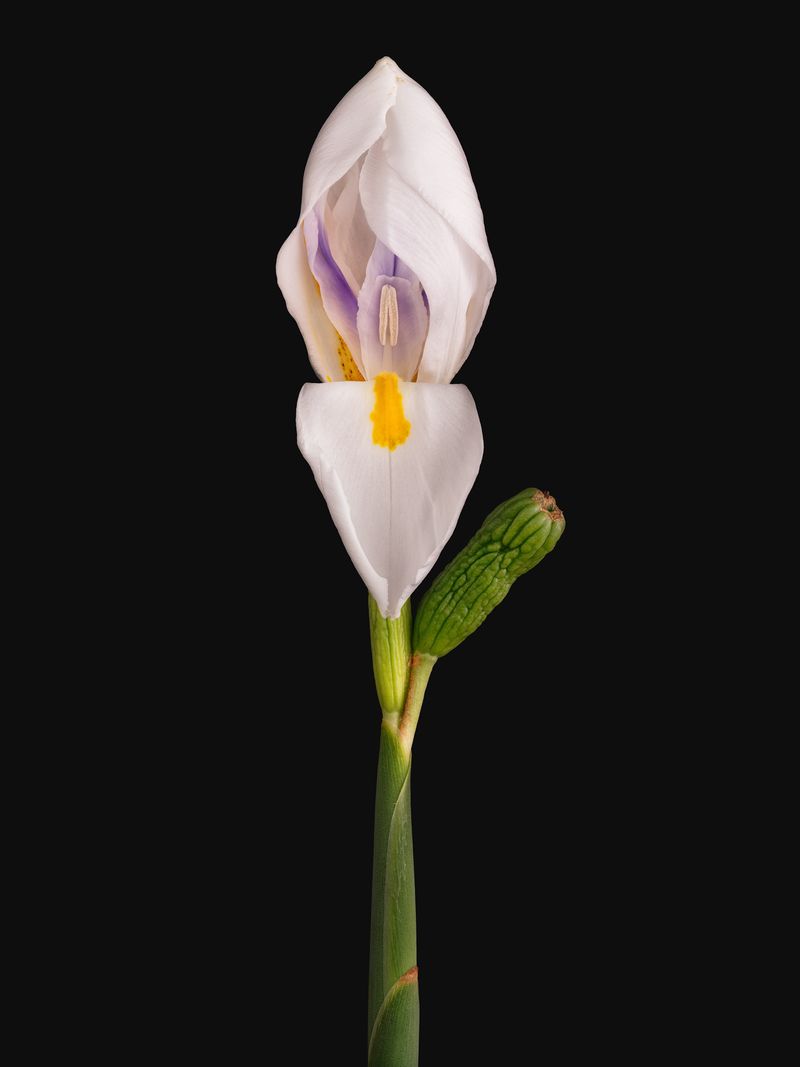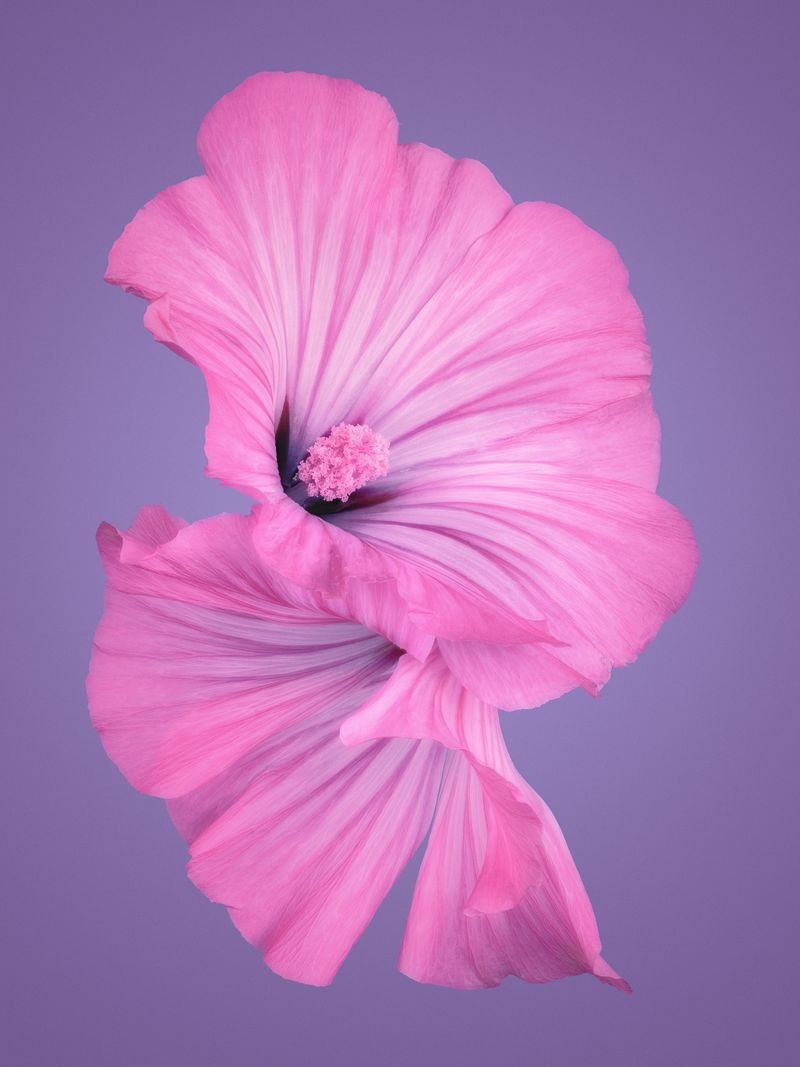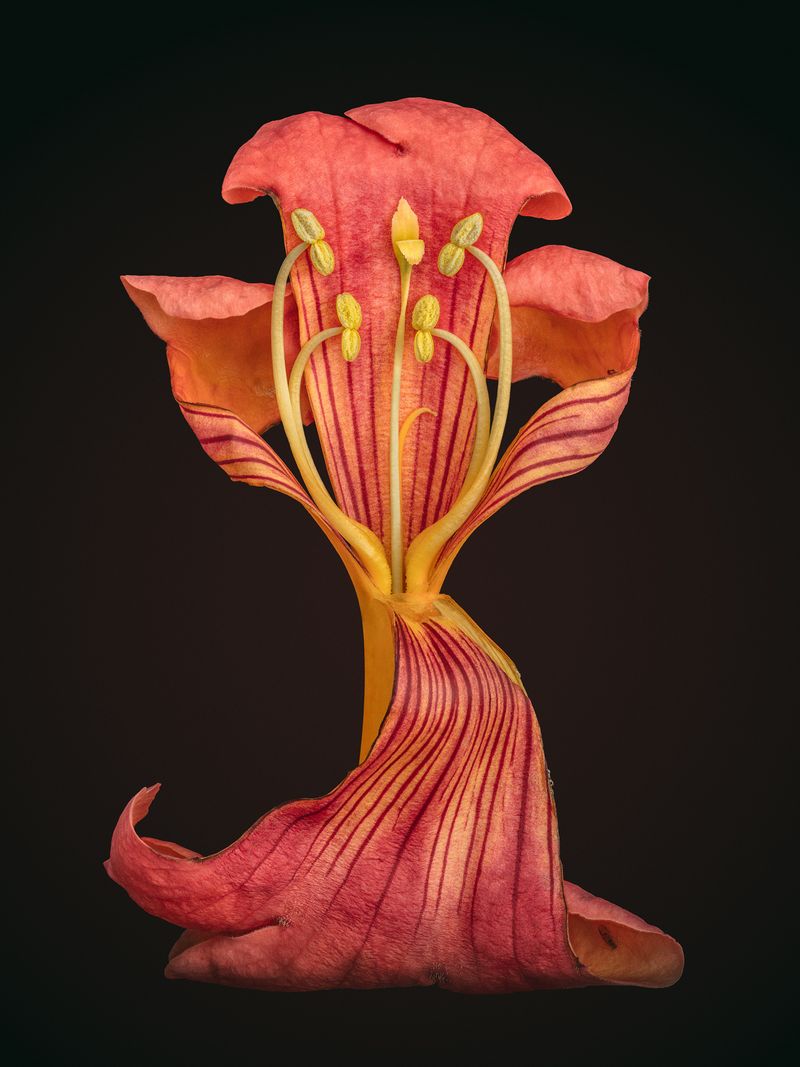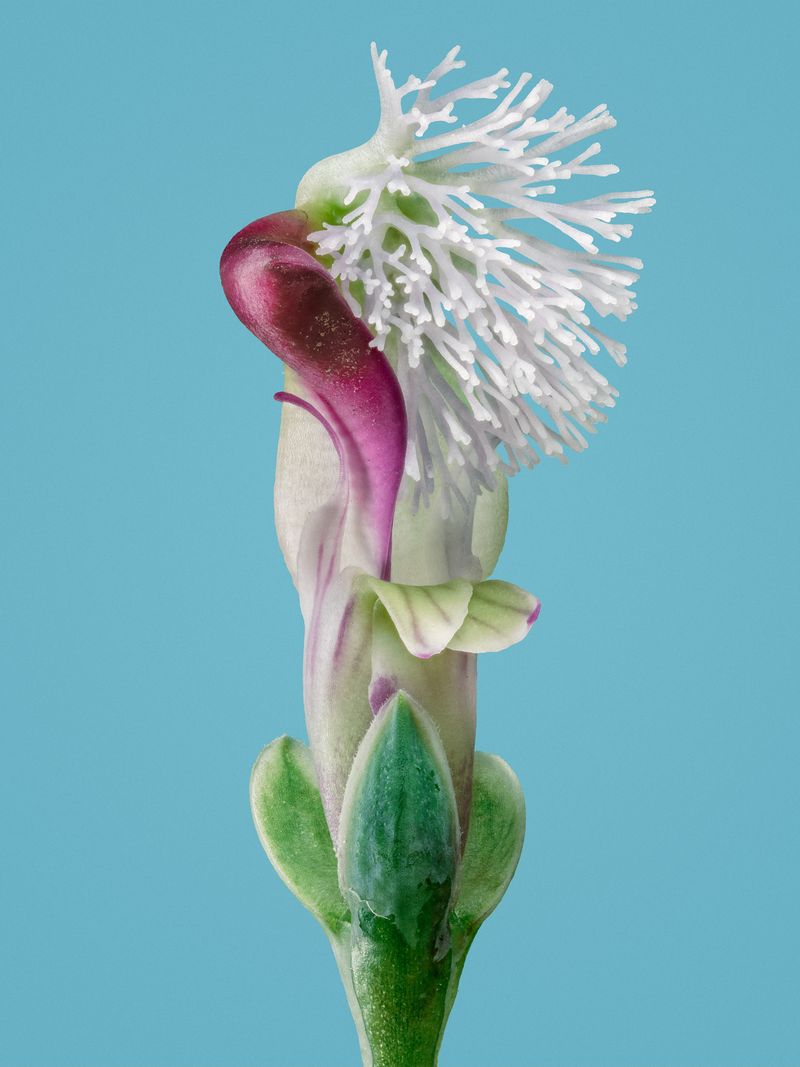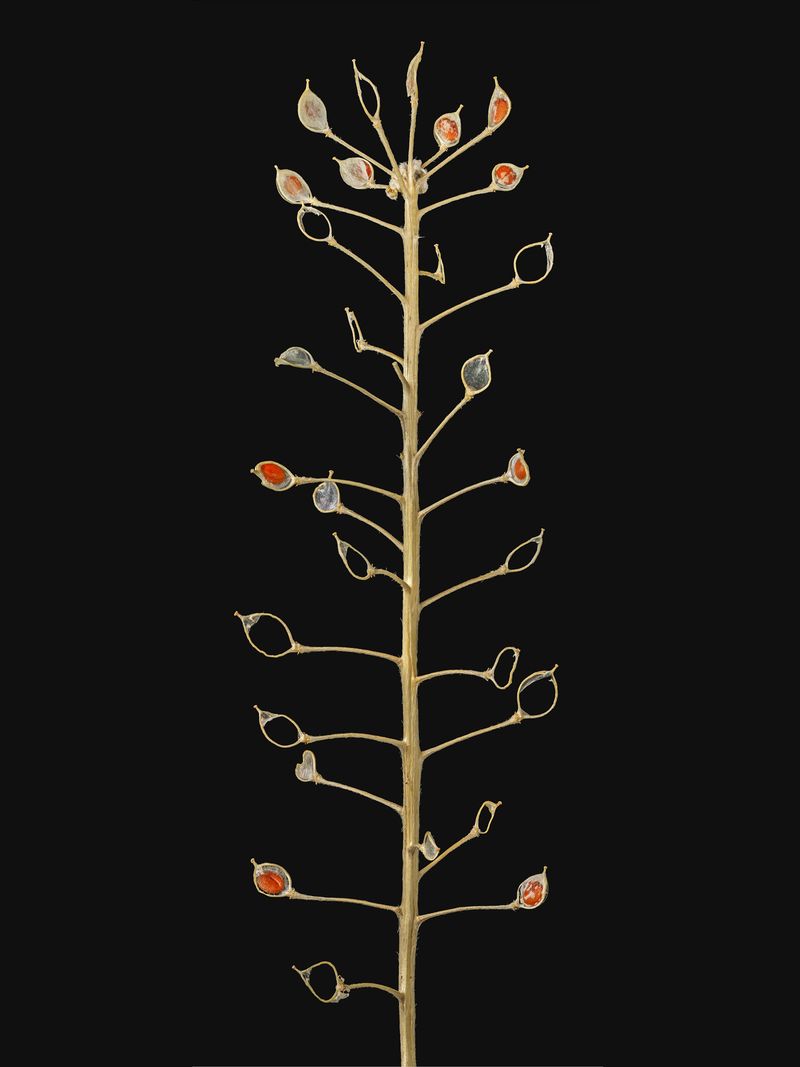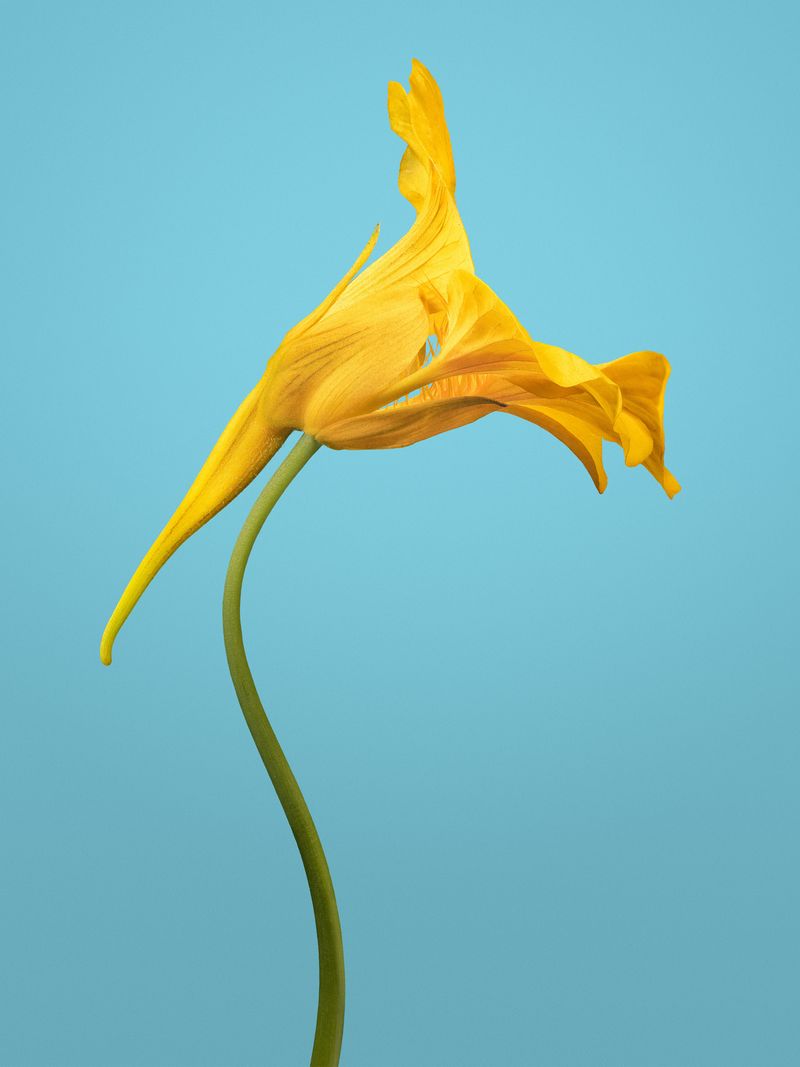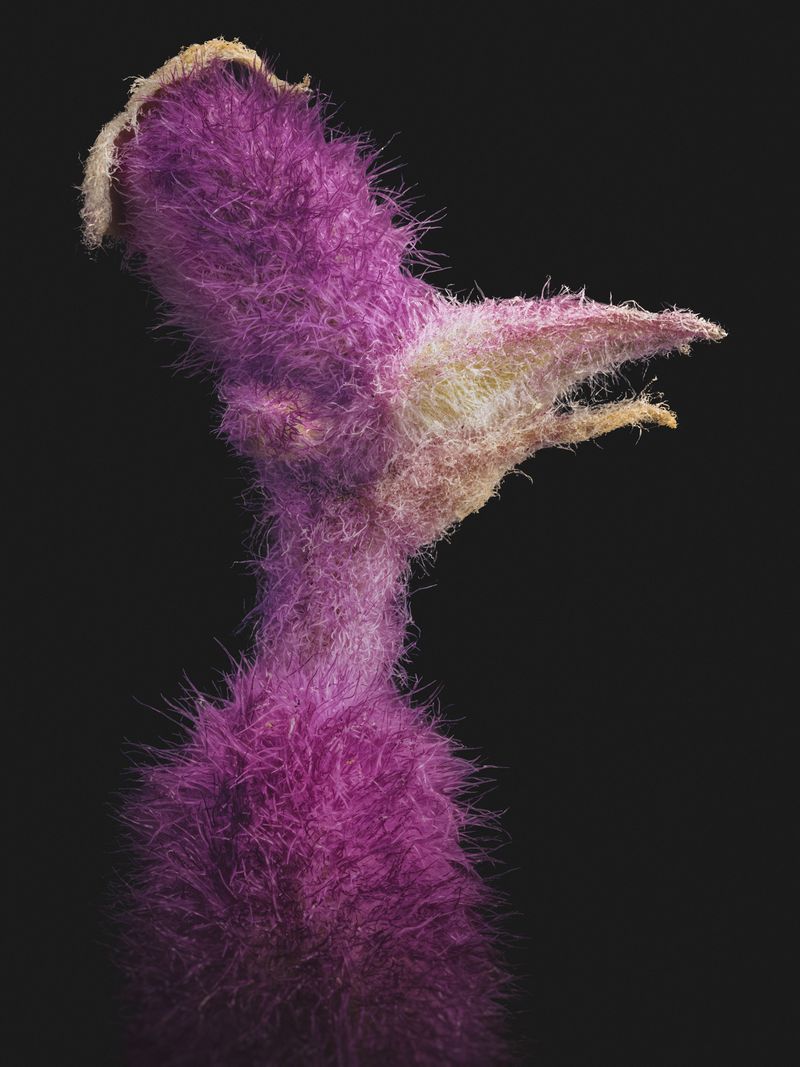The Circle of Confusion
-
Dates2020 - Ongoing
-
Author
- Location Pasadena, United States
In photography, the circle of confusion is used to determine the depth of field, the part of an image that is acceptably sharp. It is an arbitrary threshold that depends on visual acuity, viewing conditions, and the amount of enlargement.
My mother always claimed that my late father’s greatest disappointment was not to have been able to pass down to his three children his passion for gardening. My father grew up in Southeastern England and was twelve when the Nazis tried to subjugate the United Kingdom into submission during the Battle of Britain. In order to supplement a family's meager rations, many teenagers of his generation became expert gardeners. I suppose that unless under duress, the plant world was of little interest to his aspiring photographer son, a proto-suburbanite who grew up in a land of peace and plenty such as Switzerland. The magic of plants and their seemingly slow and boring transformations only becoming apparent once one’s own concept of time starts to slow down...
I landed in George Town in May 2019 along with fellow artist Bill Ferehawk. A little late for the blooming season due to logistics. Six months prior, we had received the nod from the National Gallery of the Cayman Islands for a show about endangered and endemic plants of the small Caribbean archipelago. We set out to photograph two plants per day. With the support of local amateur botanists, we criss crossed Grand Cayman in search of our prey. More often than not, these plants were surviving in areas of neglect or off limit to human development such as cemeteries and back alleys. Yes, on our list were orchids, from the ubiquitous banana orchid, Caymans’ official state flower, to the Encyclia kingsii an orchid so rare that only three specimens were known to survive. The one we photographed was in the backyard of a former professional boxer; now a pastor; who had illegally collected a specimen decades ago and that the local branch of London’s Kew Gardens were now relying upon for future insemination and propagation.
The artwork was printed and framed, happily sailing somewhere between Miami and George Town when the pandemic struck. Unfortunately for us and the rest of humanity, everything had to be put on hold, including the show's opening. As it became apparent that the disease wasn't going anywhere fast, the museum decided to go ahead with the show, but for locals only. We would have to endure our moment of glory from behind a computer screen. As for many artists, a long journey of looking inward began. Limited in my movements I decided to fully dedicate myself to the magical world I had discovered in Cayman, but in a Lilliput of my own: my garden. The circle was closing. I was hooked. I had caught my dad's bug.
All the images proposed are of specimens from my garden in Pasadena, my frame. They are neither endangered nor endemic. I do not concern myself with the origins of my subject nor do I worry if they fall in the weed, beneficial, native or invasive categories. I am trying to determine where their beauty lies and what are their unique graphic and life characteristics. What makes them Them. It is a pursuit best described by James Joyce in his 1916 novel Portrait of the Artist as a Young man :
“The instant wherein that supreme quality of beauty, the clear radiance of the esthetic image, is apprehended luminously by the mind which has been arrested by its wholeness and fascinated by its harmony is the luminous silent stasis of esthetic pleasure, a spiritual state very like that cardiac condition called the enchantment of the heart.”
These aren't photographs of plants in the strict meaning of the term. They are assemblies of many, sometimes hundreds of photographs taken from a slightly different position at relatively small intervals. Using a technique called focus stacking, a photographer can overcome the limitations of the lens—a shallow depth of field—by either focusing on different areas of the subject, or physically moving the camera closer or farther away from the specimen. The artist then combines and blends the images into a single frame that shows the subject in sharp focus from front to back. A process not unlike how the eye-brain duo gathers and processes information, albeit much slower. The assemblages are impossibly sharp, blurring the boundaries of illustration, photography and the stored visual memory. This circumvention of the limitations of the lens—the human eye having the same constraints—allows me to physically emulate what the human brain does best: synthesize information into a coherent whole. The images are conspicuously simple and familiar, yet the resulting amalgams never to be seen by a photographic lens, nor the human eye.

